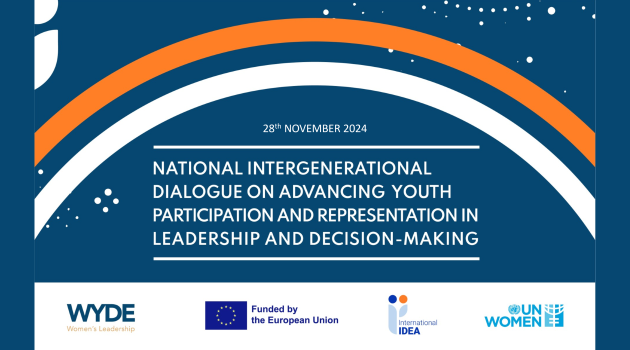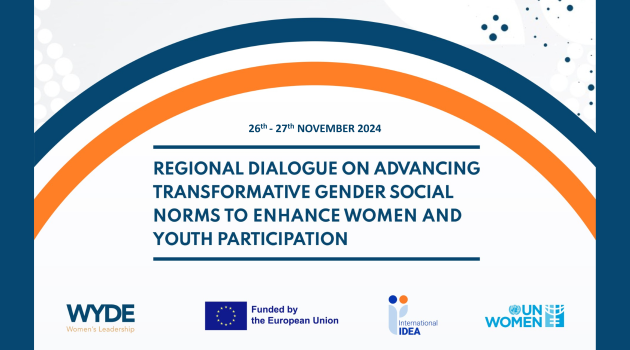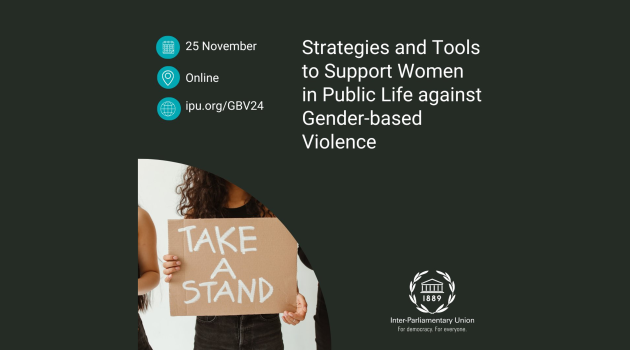Women’s Representation in Local Government in Asia-Pacific: Going beyond National Targets in Monitoring Status for MDG 3 on Women’s Political Empowerment
More Asia Pacific countries than ever before have elected local governments and national parliaments. Despite the progress made in establishing democratic institutions in the Asia Pacifi c, women continue to participate unequally both as voters and as candidates. Equality of opportunity in politics is a human right. Despite international eff orts to strengthen the conduct of free and fair
elections throughout the world, insuffi cient attention and resources have been devoted to addressing the gap between male and female political participation.
By not measuring the percentage of women represented in sub-national governments with any MDG target, national strategies risk ignoring one of the most important arenas for women’s political participation. As part of the Millennium Project, the Task Force on Education and Gender Equality has identifi ed increasing women’s share of seats in national and local government bodies, as
one of the seven strategic priorities needed to achieve MDG 3 on gender equality2. To this end, the Task Force proposed the inclusion of an indicator (additional to the numbers of women in national parliament) on the percentage of seats held by women in local government bodies.
The local governments, through their national associations and global umbrella body, have expressed their commitment to the development, promotion and support of gender equality. The International Union of Local Authorities (IULA) sets out its Worldwide Declaration on Women in Local Government.
It is on this basis that the fi rst ever status report on Women’s Representation in Local Government in the Asia Paci fic has been developed. This will contribute to the monitoring of the achievement of MDG 3 with the objective of deepening the understanding of the progress made towards goals set within the Millennium Declaration at all levels of government and all other commitments on gender equality, including international human rights obligations under the International Covenant on Civil and Political Rights (ICCPR) CEDAW and BPfA.
More Asia Pacific countries than ever before have elected local governments and national parliaments. Despite the progress made in establishing democratic institutions in the Asia Pacifi c, women continue to participate unequally both as voters and as candidates. Equality of opportunity in politics is a human right. Despite international eff orts to strengthen the conduct of free and fair
elections throughout the world, insuffi cient attention and resources have been devoted to addressing the gap between male and female political participation.
By not measuring the percentage of women represented in sub-national governments with any MDG target, national strategies risk ignoring one of the most important arenas for women’s political participation. As part of the Millennium Project, the Task Force on Education and Gender Equality has identifi ed increasing women’s share of seats in national and local government bodies, as
one of the seven strategic priorities needed to achieve MDG 3 on gender equality2. To this end, the Task Force proposed the inclusion of an indicator (additional to the numbers of women in national parliament) on the percentage of seats held by women in local government bodies.
The local governments, through their national associations and global umbrella body, have expressed their commitment to the development, promotion and support of gender equality. The International Union of Local Authorities (IULA) sets out its Worldwide Declaration on Women in Local Government.
It is on this basis that the fi rst ever status report on Women’s Representation in Local Government in the Asia Paci fic has been developed. This will contribute to the monitoring of the achievement of MDG 3 with the objective of deepening the understanding of the progress made towards goals set within the Millennium Declaration at all levels of government and all other commitments on gender equality, including international human rights obligations under the International Covenant on Civil and Political Rights (ICCPR) CEDAW and BPfA.


